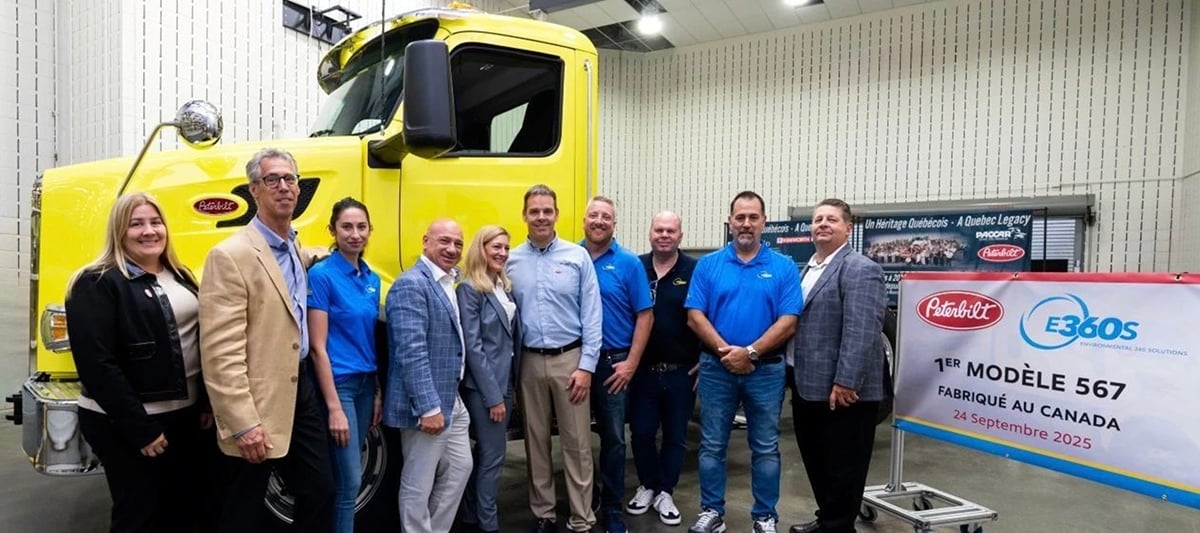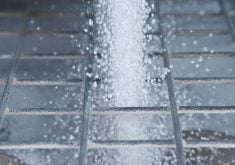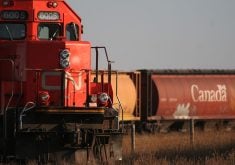Farmer interest in precision agriculture is growing, but that has been the case since the mid-1990s.
What’s new is a 30 percent increase in attendance and a 20 percent boost in trade show booths this year at North America’s largest precision agriculture event. Trade show participation was limited only by exhibit hall space.
Last week’s Infoag conference in Springfield, Illinois, drew 1,130 farmers, agronomists and academics. More than 100 exhibitors were there from around the world because precision agriculture is now a global trend.
Why were they there? Most of the farmers I spoke to said they were shifting their precision agriculture focus from guidance to data collection and analysis for use in site specific applications. Guidance for them is already standard practice.
Read Also

Equipment manufacturing may return to Canada
Some ag equipment and automotive manufacturers are now adjusting their production and distribution to avoid tariff costs in relation to supplying the Canadian market.
One farmer said he had forgotten that guidance was part of the precision agriculture family because it is installed on all of his equipment and his children wouldn’t know how to operate without it.
Satellite guidance has been absorbed into the day to day practice of agriculture.
The last time attendee numbers at Infoag were higher than 800 was during the early days of the guidance revolution, when GPS began to replace dribbled foam and steel disc markers.
Producers and technology companies travelled to Springfield to learn more about site specific agriculture.
It’s largely a mental place, where ones and zeros live and the capacity of computers and implements meet the minds of farmers and agrologists. It’s where the art of being a farmer meets the science of engineering and agrology.
It combines crop yield data from a selected point with soil analysis, satellite and aerial imagery and topographical maps to paint a picture that producers can then make useable with their own knowledge of their land.
Those who have been using the tools say it always pays through input savings, albeit not as well as guidance did, and in many cases in increased yields.
Most of today’s new farm machinery can vary the rates of seed and fertilizer and apply fungicide only on at-risk areas of a field.
Combines with auto-steer can use yield monitors to reliably collect yield data that provide the basis for an important layer in prescription map making.
So the tools of site specific farming are showing up on most farms and more producers are choosing to use them, driven largely by a need to improve margins as commodity prices retreat from several good seasons.
Producers have the money to invest in this technology, and it appears that is what is starting to happen.
Infoag is becoming an annual event to address farmer and manufacturer demands.
Like the term mechanized agriculture, which was used to describe tractors and self-propelled machines from the mid-1930s until its retirement in the 1950s, the phrase precision agriculture will also be eventually lost to the popular lexicon of agriculture and seem quaint rather than cutting edge. It will soon be just another part of farming.
Look for several stories from Infoag 2013 in coming editions of The Western Producer and video coverage on producer.com.














